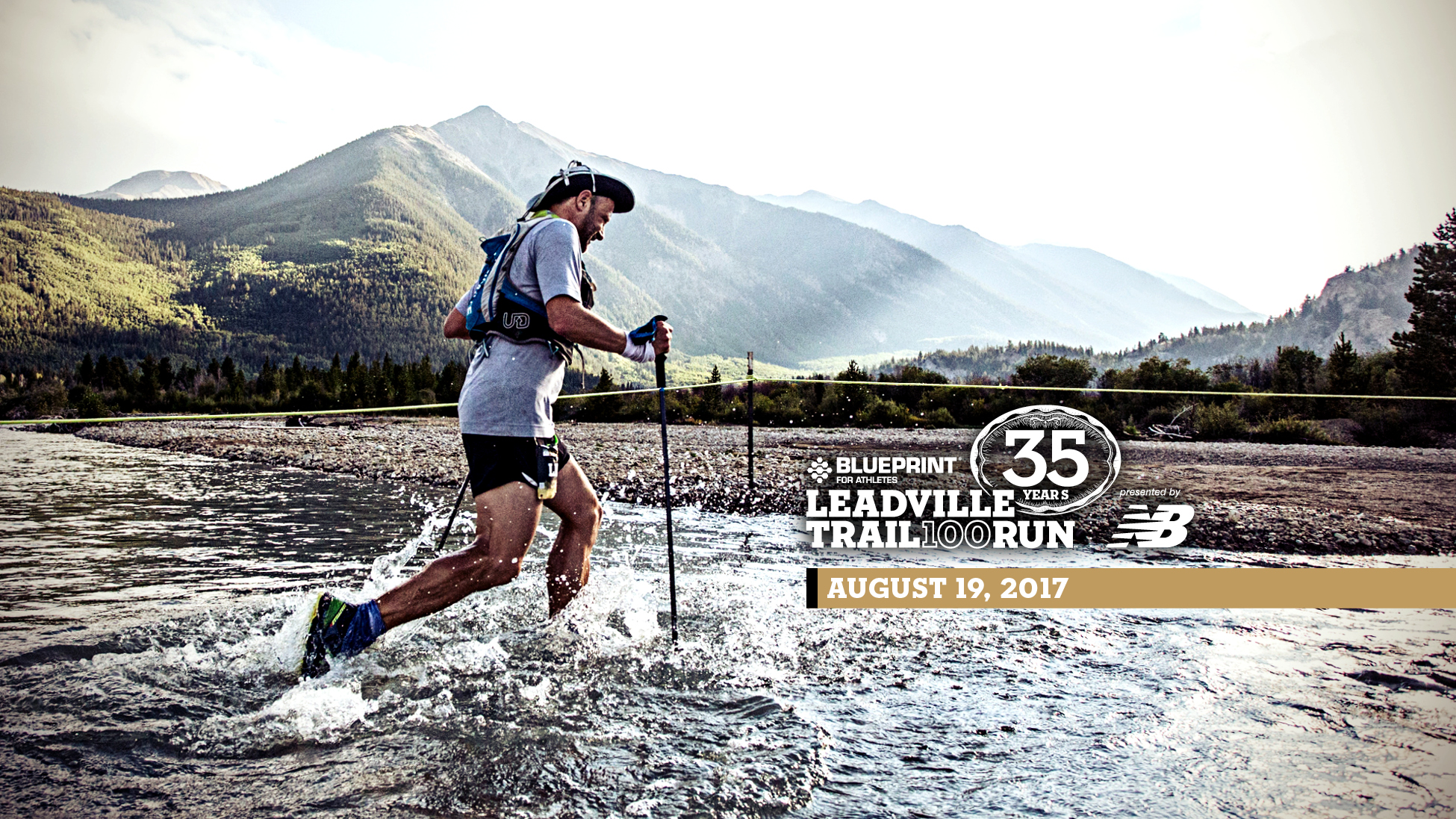Dispatches from Columbine — Q&A with Our Run Experts
This month, our run experts answer your questions about acclimating to Leadville’s notorious altitude, setting pacing benchmarks and setting up your schedule for a first attempt at the Blueprint for Athletes Leadman & Leadwoman challenge. Have a question you’d like to ask? Post it on social and use #AskLT100.
Question: How important is it to get to Leadville prior to the race to acclimate? Due to family responsibilities, the soonest I could get there would be the Tuesday or Wednesday before the race.
Mike Aish: It always helps if you can get up in the mountains early to acclimate, but if you can’t, I believe that fitness will always show up in the end. Rather than worry about not being up at altitude, focus on your training and getting as strong as you can on the hills. If you’re fit, you’ll run well no matter where you race.
Question: Do air restriction masks work for training you at altitude?
Mike Aish: I’d say save your money.
Question: I’m racing Leadman this year. With cumulative time scoring, how are the Blueprint for Athletes Silver Rush 50 MTB and Run timed? I’m trying to decide if a fast run or bike weights differently.
Ryan Krol: The run time is converted into a bike time, relative to your time and how you placed in the race. For example, a 10:30 Silver Rush 50 Run is about the equivalent of a six-hour Silver Rush 50 MTB, based on past years’ competition.
There are advantages and disadvantages to both. First, ask yourself if you are a stronger runner than mountain biker compared to the competition. If yes, you should lean toward the Run. Are you prone to overuse injury? The run is harder on the body. How fast do you recover? You will recover more slowly from a 50-mile run than you would from a 50-mile mountain bike. The Silver Rush is only five weeks prior to the LT100. How skilled a mountain biker are you? The bike course is technical relative to the Blueprint for Athletes Leadville Trail 100 MTB. Are you likely to fall and break your collarbone? It is not the best reflection of what to expect for the LT100. I would suggest if you are looking to get mountain bike experience, use the Blueprint for Athletes Leadville Stage Race or Blueprint for Athletes Camp of Champions. It allows you to get familiar on the course and come up with realistic goals for the LT100 MTB.
Question: For someone transitioning from road to trail, what is the best way to set pacing benchmarks and set a realistic goal given the epic terrain?
Ian Sharman: For ultras, it’s very difficult to have a good idea about how long it’ll take to finish or even to judge splits in the early stages. Trails, altitude and the sheer enormity of the distance make it harder to judge splits even for someone who’s run the same race before, never mind if it’s a new distance or event that’s being undertaken. Many factors affect pace in the latter stages of ultras with the majority of competitors walking large sections, often slowly. So, for the first time when transitioning to trail ultras, it’s best to assume that pace will be much slower than roads early on and that there will be significant slow-down nearer the end. Experience and specific, smart training makes a huge difference here.
To get a very high level idea of splits, look at splits that other runners have hit in the past, especially anyone you know and have a sense of how their fitness compares to yours. Bear in mind that everyone has different strengths and weaknesses on the trail, so having the same marathon time as another runner doesn’t necessarily mean that ultra times will be similar.



